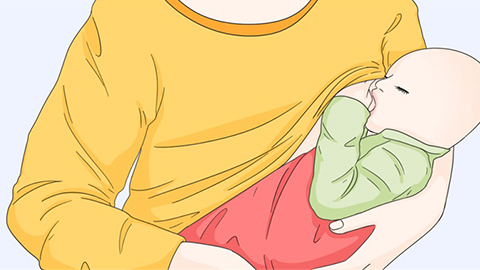What should I do if I accidentally breastfed my baby while having a fever of 39°C?
After accidentally breastfeeding with a fever of 39°C, it is important to immediately observe the baby's condition, assess the underlying cause of the fever, temporarily stop further breastfeeding, implement isolation and protective measures, and promptly replenish fluids. In most cases, this situation will not immediately endanger the baby, but caution is needed to prevent disease transmission and potential subsequent effects. If the baby develops symptoms such as fever or diarrhea, or if your own symptoms worsen, prompt medical attention is recommended.
1. Monitor the baby's condition: Closely watch for any abnormalities in the baby, such as elevated temperature, persistent crying, vomiting, diarrhea, or lethargy. If no obvious discomfort occurs within 48 hours, it likely means the baby has not been significantly affected, though continued observation remains necessary.
2. Assess the underlying cause: Identify the reason for the fever. If it is due to non-contagious conditions like common cold or mastitis, the risk is relatively low. However, if the fever results from contagious diseases such as influenza, COVID-19, or chickenpox, enhanced protective measures for the baby are essential to avoid further transmission.

3. Temporarily stop breastfeeding: A fever of 39°C constitutes a high fever, indicating a possible infection. Breastfeeding should be paused temporarily. Use a breast pump to empty the breasts and maintain milk production. Resume breastfeeding only after body temperature drops below 38.5°C, the cause is clearly identified, and approval is given by a healthcare provider.
4. Implement proper isolation and protection: Wear a mask when near the baby, wash hands frequently, disinfect objects that have been touched, and avoid coughing or sneezing close to the baby to minimize the risk of pathogen transmission.
5. Replenish fluids promptly: Drink plenty of warm water, light salt water, or mild soups to replace fluids lost due to high fever, promote metabolism and toxin elimination, support recovery, and prepare for resuming breastfeeding.
Before resuming breastfeeding, ensure body temperature has normalized and the illness has fully resolved. Maintain clean hands and breasts during feeding. Pay attention to staying warm to avoid catching a chill again, and follow a light, nutritious diet to facilitate a swift recovery.






